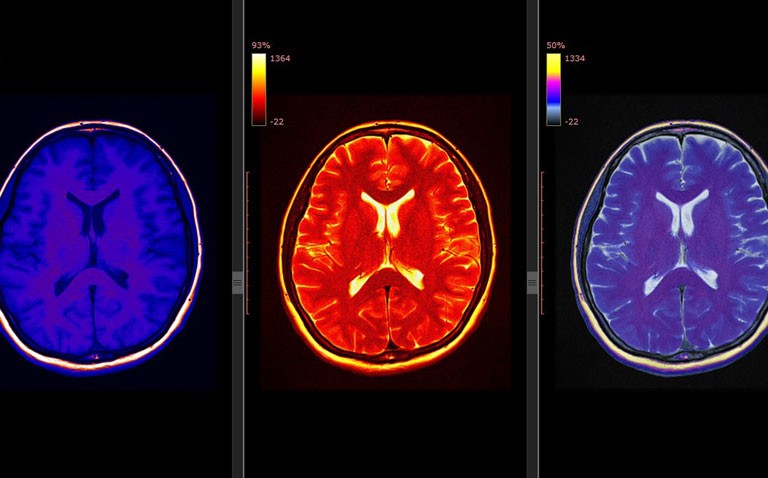Increased use of cannabis among the adolescent population appears to negatively impact on neurodevelopment.
Cannabis is one of the world’s most widely used psychoactive substance with a 2015 report finding that there were around 183 million people, i.e., 3.8% of the world’s population, who reported using the drug in the past year. Moreover, in a study 4-year follow-up study of adolescent use of alcohol and cannabis, it was observed that only cannabis had an important and lasting, negative impact on cognitive functioning. Legislation aimed at de-criminalising or legalising the use of cannabis in the US appears to lead to greater levels of cannabis use disorder among adolescents. With some animal studies suggesting that exposure to cannabis during adolescence appears to affect neurodevelopment as seen by long-term impairment of specific components of learning and memory. However, there is a lack of longitudinal neuroimaging data studying the links between adolescent cannabis use and any potential impact on neurodevelopment. Given these concerns, a team of researchers from the Department of Psychiatry, University of Vermont Larner, Burlington, Canada, turned to the data held on individuals as part of the IMAGEN study. This European project makes use of both brain imaging and genetics, to examine how biological, psychological and environmental factors during adolescence might affect brain development. Within this cohort, the researchers identified cannabis naïve individuals at baseline and who had neuroimaging data both at baseline and at a 5-year follow-up. The researchers sought to determine the degree to which initiation of cannabis was associated with age-related cortical thickness change (from ages 14 to 19). With previous research indicating that cannabis use was associated with impulse control, the team focused on cannabis-related cortical thinning and 3 domains of impulsiveness using a self-reported questionnaire. In addition, baseline and follow-up questionnaires measured cannabis use in the past 30 days using a scale ranging from 0 (never) to 7 (> 40 times).
Findings
The study included 1598 MR images from 799 participants with a mean age at baseline of 14.4 years (56.3% male). Levels of self-reported cannabis use at follow-up ranged from 0 to more than 40 uses, with 161 participating reporting 10 to more than 40 uses. The MR imaging after 5 years showed evidence of a dose-dependent association between lifetime cannabis use and cortical thickness. In particular, there was a negative association cannabis use and cortical thickness in the left and right prefrontal cortices. They also observed no significant link between baseline cortical thickness and lifetime cannabis use. In other words, the neuroanatomical differences observed at follow-up, did not precede cannabis use. Cannabis-related cortical thinning was also present in the right dorsomedial prefrontal cortex, which the authors felt was related to the self-reported attentional impulsiveness at the 5-year follow-up. Finally, using PET scans, the authors found increased levels of endocannabinoid receptors in cortical areas found to have thinned at follow-up.
Discussing these results, the author suggested that the totality of their evidence pointed to how cannabis use during middle to late adolescence may be associated with altered cortical, particularly in prefrontal regions. They concluded that given the increasing de-criminalisation of the drug, further longitudinal studies of adolescent cannabis users were needed to confirm these findings.
Citation
Albaugh MD et al. Association of Cannabis Use During Adolescence with Neurodevelopment. JAMA Psychiatry 2021










